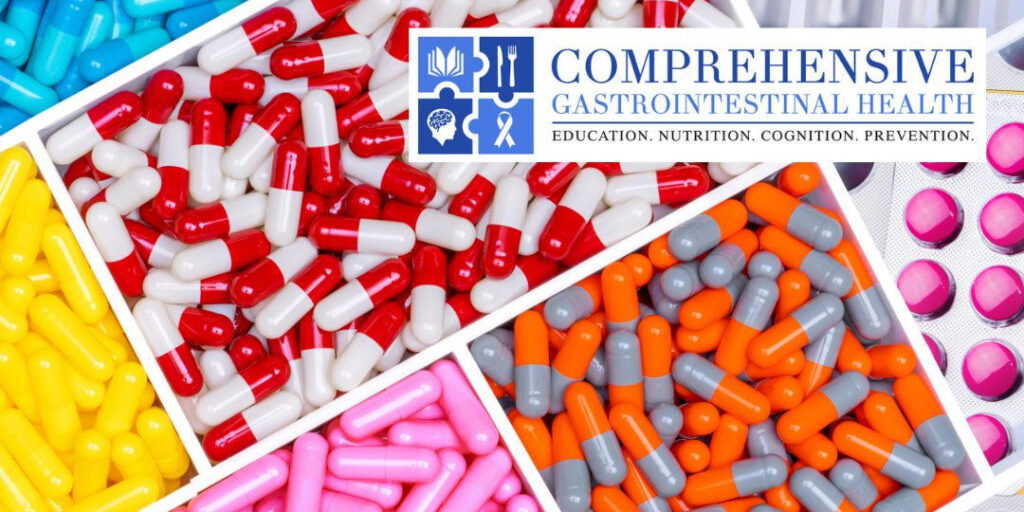High-fiber Diet Linked to Lower Antibiotic Resistance
High-fiber Diet Linked to Lower Antibiotic Resistance
by Danielle Genenz, MS, RDN, LDN, CPT
As the ability of antibiotics and other anti-microbial agents are weakening in their effectiveness to fight infections, the need for other treatment options is growing quickly. A recent study published in American Society for Microbiology might have a promising solution. This study examined the diets of 290 healthy adults and the prevalence of antimicrobial resistance (AMR).
Scientists discovered that the genetic makeup of gut microbes are involved in programming antibiotic resistance. Study participants with the greatest amount of antibiotic resistant gut microbes (known as aminoglycosides) had the lowest fiber intake and the highest levels of AMR. Individuals consuming the most fiber, broadest dietary diversity and the lowest animal protein intake had the least amount of AMR and highest amount of infection fighting intestinal microbes (known as obligate anaerobes).
Researchers concluded, “antimicrobial resistance (AMR) represents a considerable burden to health care systems, with the public health community largely in consensus that AMR will be a major cause of death worldwide in the coming decades. Humans carry antibiotic resistance in the microbes that live in and on us, collectively known as the human microbiome. Dietary interventions may be useful for lessening the burden of antimicrobial resistance and might ultimately motivate dietary guidelines which will consider how nutrition can reduce the impact of infectious disease.”
To learn more ways to optimize your diet and gastrointestinal health, schedule a visit with one of our practitioners at 224-407-4400 or at www.compgihealth.com.
Reference:
Oliver, A., Xue, Z., Villanueva, Y., Durbin-Johnson, B., Alkan, Z., Taft, D, and Lemay, D. Association of Diet and Antimicrobial Resistance in Healthy U.S. Adults. American Society of Microbiology. May 10, 2022.
DOI: https://doi.org/10.1128/mbio.00101-22 https://journals.asm.org/doi/10.1128/mbio.00101-22

